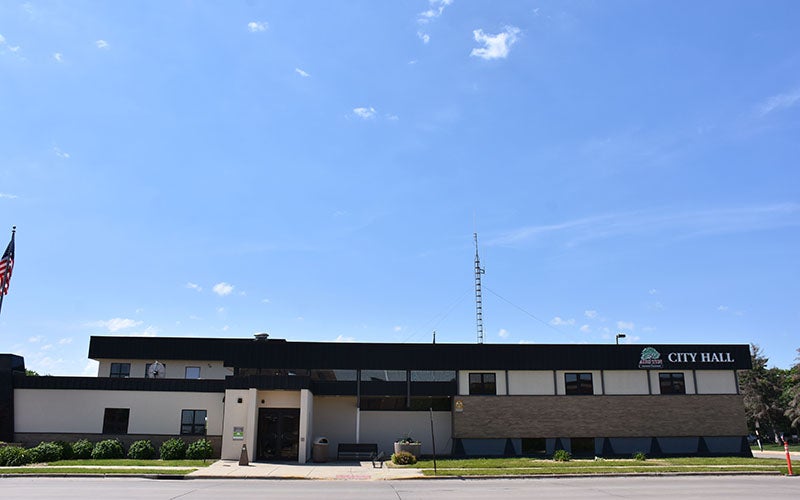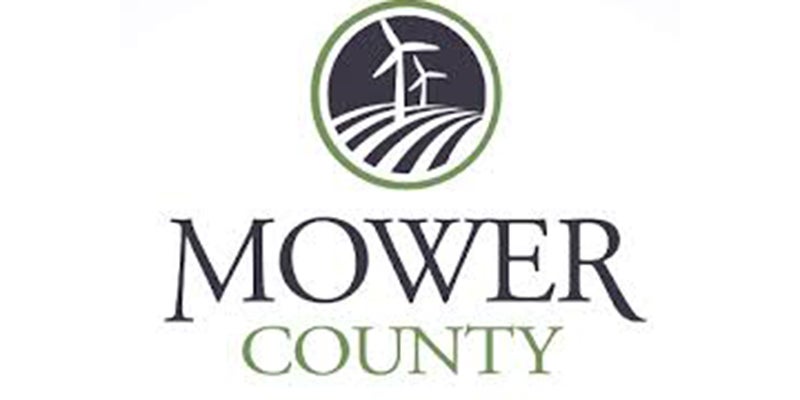Cities eye ways to share services
Published 10:59 am Thursday, April 26, 2012
The League of Minnesota Cities meeting Wednesday night produced a particularly strong takeaway for cities looking to save money: combine services.
The public meeting, held at the Austin Public Library, reviewed findings from “Cities, Services and Funding: Broader Thinking, Better Solutions,” a project the LMC ran last year to collect public opinion on how to improve cities and their governments. The LMC visited Austin as one of the project’s 12 cities.
“We think that that worked,” said League representative Kevin Frazell. “We got some pretty good insight into what Minnesotans think of their city government.”
The LMC’s data found citizens do not care about their city’s identity when it comes to who provides services, which include libraries, post offices and ambulances. The majority of the more than 730 Minnesotans spoken said the city next door could run such services.
“What gets done is more important than who does it,” said League representative Lena Gould in summary.
The same sentiment did not apply for the merging of the cities themselves. People were more resistant to seeing their city join with another, Frazell said, especially if it lost its name.
City Administrator Jim Hurm said it could be more difficult in rural Minnesota to combine services than it would be in metropolitan areas, since the nearest library or police department could be 20 miles away. An incentive from the state for cities to combine services would help promote the change, he said.
The suggestion of combining services was the primary method LMC data suggested to curb local financial woes for cities across the state. Cutting funding or certain services altogether tended to deter people, Frazell said. Citizens said services they didn’t use were still valuable because they knew others used them.
City Council member Judy Enright said combining services would lead to challenges. Among them is confusion over how to pay shared workers when their work is split between two different cities.
During the original meetings in 2011, city council members and other government officials were asked not to come so as to prevent their influence over citizens’ opinions. They were welcomed to attend this meeting to learn what was on the public’s mind.
Participants reached an overwhelming majority on two subjects, according to the data gathered. First, the state should spend money on making sure quality services are available for everyone, regardless of where in the state they are. Second, people who don’t have a home or business in the community should also pay for some of the costs.
In general, Frazell said people at the meetings last year were optimistic and eager to lend their opinions.
“People left the conversations energized,” he said.
The data, he added, is not specific to Austin, but indicative of all 12 cities sampled.
Austin resident George Brophy said he found the meeting’s small turnout to be worrisome. Only 15 people attended, about half of which were city officials.
“There are precious few of us who understand or care about [these topics],” he said. “This is important.”
Brophy said he thought the lack of public interest in matters like tax rates and city services was an even larger problem than the tightening budgets themselves.
Several in attendance echoed his concerns, adding that many people assume their opinion won’t influence the outcome. This attitude needs to be changed, said Janet Anderson of the City Council.
“How can we change the dynamics of how we do things?” Anderson asked. It’s important to stir the pot and share ideas, she added, which could mean finding scenarios that provide citizens a more casual atmosphere than council meetings. The city’s recently-formed Coffee with the Council is one example.
Going forward, the LMC plans to share the data with media, legislators and its members, Frazell said, and may look into working with foundations. There are no hard plans yet.
The League of Minnesota Cities is a membership organization focused on improving local government through advocacy, analysis and guidance, according to its website. It serves more than 830 member cities across the state.





